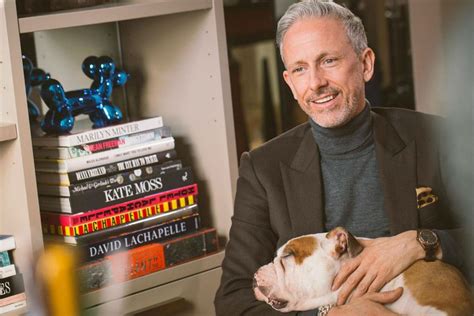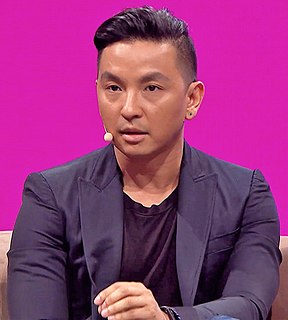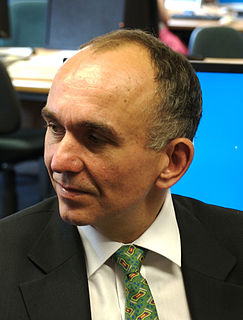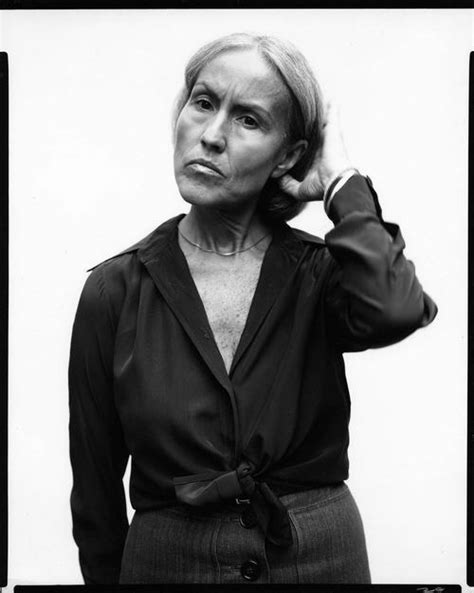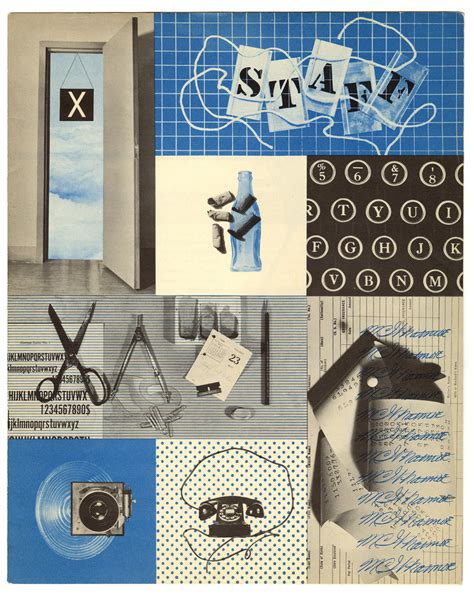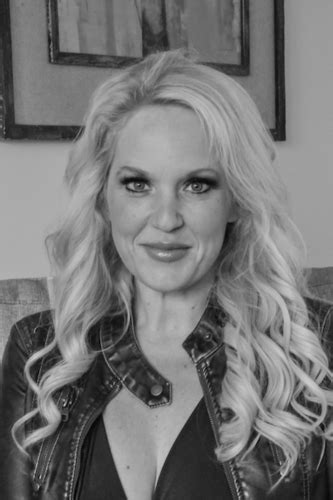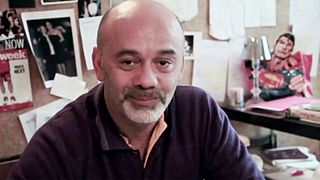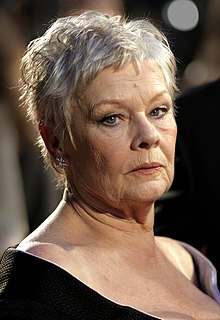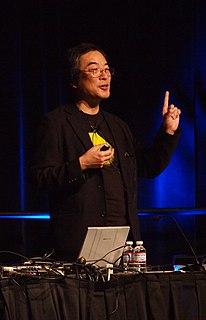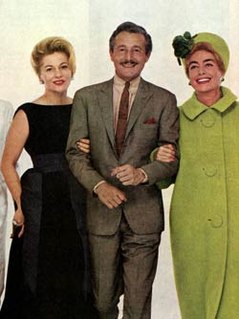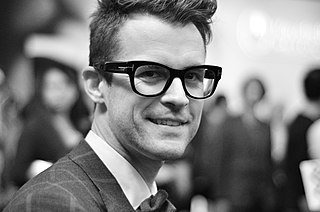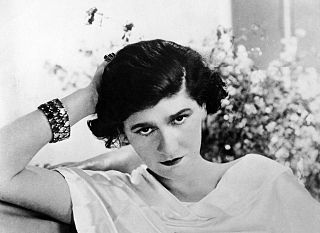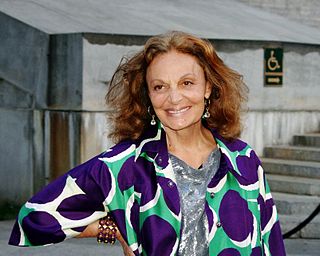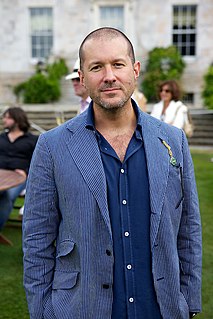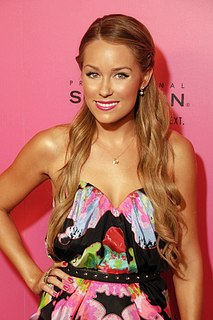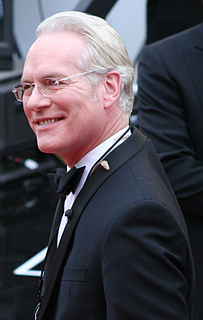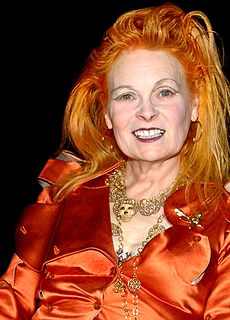A Quote by Patrick Cox
As a designer, you are not only a designer, you are also a celebrity, an entertainer, and a spokesperson that speaks on behalf of the company. So you need to realize that you have to embrace all those sides.
Related Quotes
How a designer gets from thought to thing is, at least in broad strokes, straightforward: (1) A designer conceives a purpose. (2) To accomplish that purpose, the designer forms a plan. (3) To execute the plan, the designer specifies building materials and assembly instructions. (4) Finally, the designer or some surrogate applies the assembly instructions to the building materials. What emerges is a designed object, and the designer is successful to the degree that the object fulfills the designer's purpose.
If you've taken the job to be the stylist for a collection, then I think it's important for you to really listen to the designer and look at the board. Look at the wall, look at what the designer is interested in, and then move on to that. But the designer also must not lose sight of the reason for their point of view. Otherwise it won't come across.
The words graphic designer, architect, or industrial designer stick in my throat, giving me a sense of limitation, of specialisation within the specialty, of a relationship to society and form itself that is unsatisfactory and incomplete. This inadequate set of terms to describe an active life reveals only partially the still undefined nature of the designer.
By trying to adjust to the findings that it once tried so viciously to ban and repress, religion has only succeeded in restating the same questions that undermined it in earlier epochs. What kind of designer or creator is so wasteful and capricious and approximate? What kind of designer or creator is so cruel and indifferent? And - most of all - what kind of designer or creator only chooses to "reveal" himself to semi-stupefied peasants in desert regions?
[While designing] I'm mixing two lines of thought really: me as a designer for women and then me as a man. At the start of the design process it's the designer for women that comes to the forefront - sketching and revising the silhouette. Then the man comes into the picture - and I look at the shoe from a very masculine point of view. Then there is a conflict between the two sides of me. Sometimes the man wins, and sometimes the designer wins.
